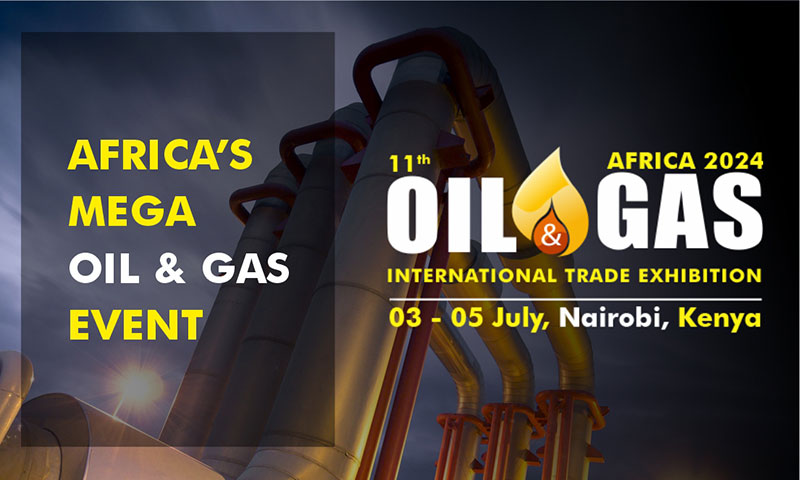
Posted on :Friday , 11th August 2017
President Uhuru Kenyatta Wednesday launched the construction of the Sh1.7 billion Kisumu oil jetty whose completion in October is expected to help Kenya recapture the regional fuel market share lost to Tanzania.
The jetty whose construction began in April is 15 per cent complete and is expected to boost throughput in Kisumu by 1 billion litres a year in phase 1 and up to 3 billion litres per year by 2028.
It will improve the reliability of fuel supply to the export market of Uganda, Rwanda and Eastern Democratic Republic of Congo which in 2010 stood at 2.4 billion litres and rose to 3.5 billion litres in 2016. It will also reduce the over reliance on the busy Kisumu-Kampala highway by tankers, which has been blamed for road accidents in the corridor.
As a way of increasing its competitive edge, KPC recently introduced a promotional 30 per cent discount on all transit products in the western Kenya depots of Kisumu and Eldoret in a move aimed at capturing more of the regional fuel market.
The jetty will facilitate safe transportation of oil for various marketers over Lake Victoria to the neighbouring countries, eliminating hundreds of trucks from the road daily. This, according to KPC will reduce the number of accidents, fuel fires and siphonings.
The project has the potential of turning Kisumu into a focal point of oil and gas commerce in the region and one of the busiest inland ports in Africa. ALSO READ: Kenya welcomes the world It also signals a return to maritime trade over the lake which has seen a drop in activity since the grounding of Kenya's ferry wagon MV Uhuru following the collapse of the old railway line.
"This project will create hundreds of new jobs for the residents of Kisumu while at the same time stimulating the economy around the lake by opening it up for use as a vital maritime transport route between Kenya, Uganda and Tanzania," President Uhuru said. He said the project would raise Kenya's profile as a strong partner in regional and intra-Africa trade. It will also create integrated marine fuel transportation in the region making it more efficient and commercially viable and reduce transportation costs for the oil marketing companies.
The president also oversaw the official launch of the Sinendet-Kisumu pipeline (Line 6). The new 122km 10-inch pipeline is set to increase the flow rate of fuel to Kisumu by 350,000 litres per hour and runs parallel to the existing line 3. "The two projects will work hand in hand to increase access to fuel in Kisumu and enable KPC leverage on the Kisumu oil Jetty to enhance petroleum product availability in the Western Kenya and the export market of Uganda, Eastern DRC, Rwanda, Burundi, and Northern Tanzania," Energy and Petroleum Cabinet secretary Charles Keter said.
The additional product from the line launched in September last year has enhanced optimization of tank utilization in Kisumu, from 30 per cent to 90 per cent. KPC chairman John Ngumi said the full tank capacity for the port town is 39 million litres. The annual demand for petroleum products in western Kenya is 1.1 billion litres whereas the regional demand stands at 3.3 billion litres. The new line has enabled KPC serve not just western Kenya region, but also the neighbouring countries.




